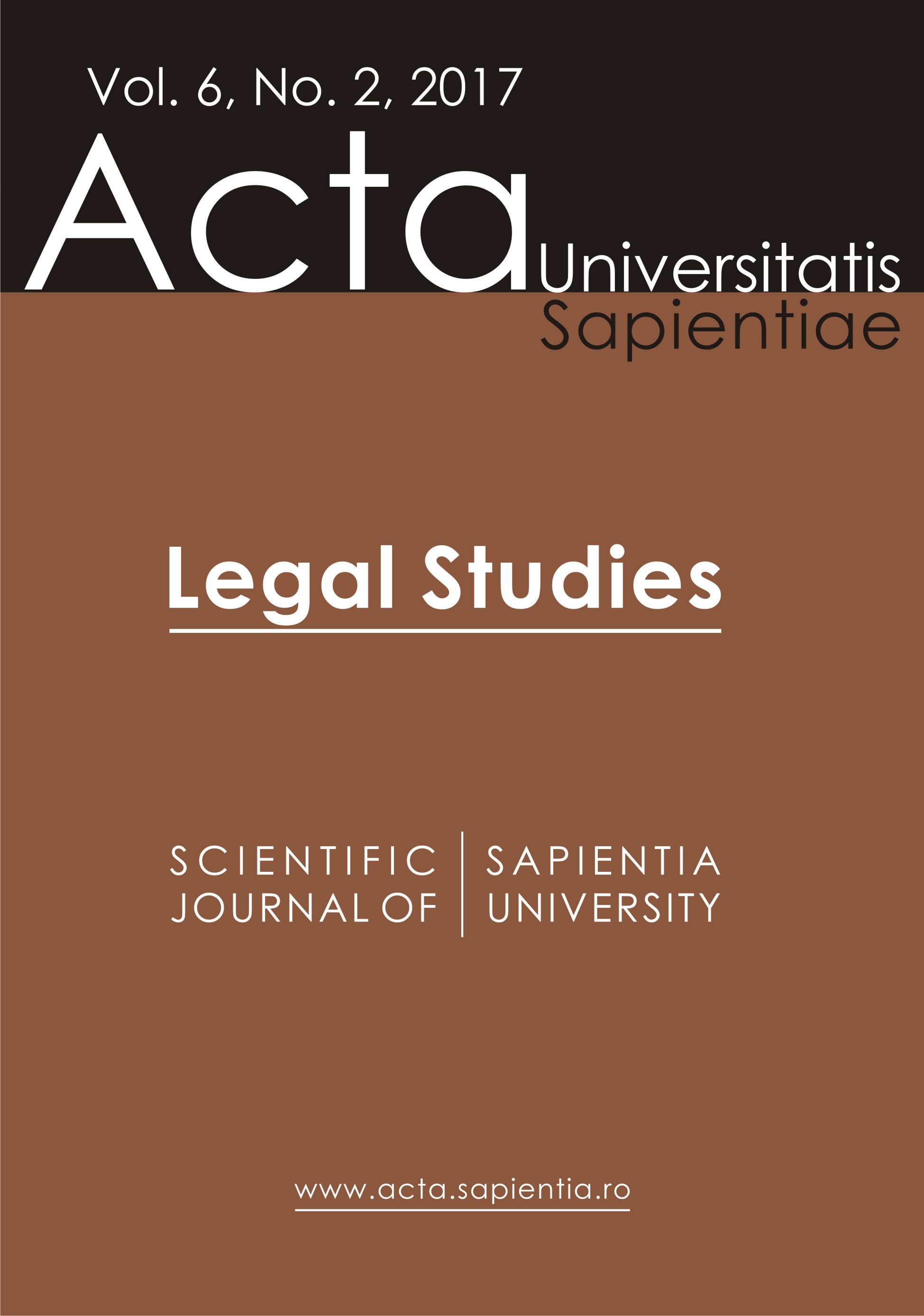Új utak a sampling megítélésében
New ways in assessing the sampling of sound recordings
Author(s): Péter MezeiSubject(s): Law, Constitution, Jurisprudence
Published by: Scientia Kiadó
Keywords: intellectual property; sound recordings; sampling; juirisprudence; fair use; artistic freedom
Summary/Abstract: For long, the U.S. and European case law has been repulsive on the sampling of sound recordings. Courts have traditionally declared sampling as an infringement of the copyrights (and in Europe the related rights), even if the sample lasted for less than 2 seconds. Several notable precedents were published since 1989, when the first ruling on sampling was published in the United States. At least four decisions were published since 2014 (two in the United States and two in Germany) that deviated from the earlier practice. The present article analyses these rulings. In compliance with the view of academia, both U.S. decisions highlighted that the de minimis test applies to the sampling of trivial portions, and thus liability is excluded. The German Goldrapper ruling of the Federal Supreme Court (BGH), and the Metall auf Metall III decision of the German Federal Constitutional Court (BVerfG) have opened the doors for sampling in the Continental European legal systems. The Goldrapper ruling also focused on the amount of the sample, while the BVerfG introduced a novel, fundamental rights based approach, and concluded that sampling functions as a practical example for artistic freedom. Nevertheless, whether the ECJ accepts such interpretation will be decided in the preliminary ruling procedure initiated by the BGH in June 2017. The article aims to anticipate the possible outcome of the preliminary ruling.
Journal: Acta Universitatis Sapientiae, Legal Studies
- Issue Year: 6/2017
- Issue No: 2
- Page Range: 309-322
- Page Count: 14
- Language: Hungarian

